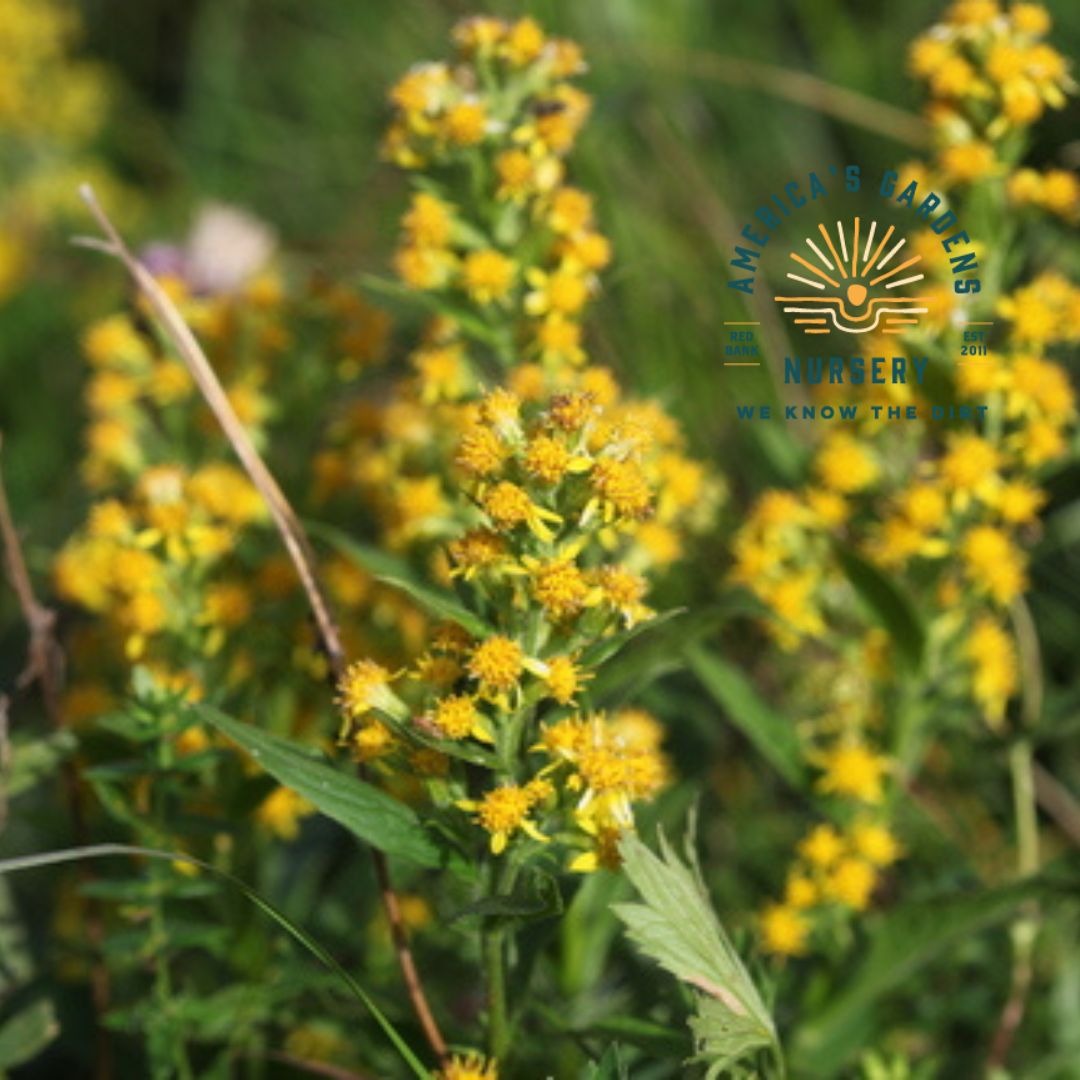





Product page > Variant picker block.Solidago virgaurea L. (European goldenrod, Woundwort), Asteraceae, is a familiar medicinal plant widely used (non-clinical) for kidney & lung infections as an anti-inflammatory agent. It's main chemical constituents are flavonoids, terpenes and a large number of saponin molecules. European Goldenrod is a valuable resource for pollinators, attracting bees, butterflies, and other beneficial insects with its nectar-rich blooms. The majority of species of the herb are native to the middle and eastern parts of the United States; while several others are native to Great Britain. Today, the herb can be found in other European countries as well.
It flourishes in well-drained soil and sunlight, requiring minimal maintenance once established. Its robust nature allows it to withstand various soil conditions, making it a resilient and welcome addition to gardens and naturalistic landscapes.
This hardy perennial is less invasive than the native species and harder to find. Produces 3-4 foot multiple stems topped with profuse golden plumes filled with small flowers. Much loved by the bees as a later season food source. Standing at 3 feet tall, its slender stems bear vibrant clusters of tiny, golden-yellow flowers, creating a tapestry of warmth and color. Adaptable and low-maintenance, this perennial treasure seamlessly integrates into diverse habitats, captivating with its botanical allure.
Goldenrods are not poisonous to humans, dogs, cats or rabbits. All parts of the plant are safe to touch and theoretically, goldenrod is edible.
Plant size and shape may differ from what is pictured.
For mail orders: Plants may go through shock during shipping. Upon arrival, take the plant out and water it thoroughly. If you are not satisfied with your purchase, please notify us via email at sales@amgardens.com and include a photo(s) within 24 hours of plant arrival.
For in store purchases: If you are not satisfied with your purchase, please call us at 423-870-5000 or return the plant in its original pot/condition within 3 days. Trees and shrubs have a 1 year warranty (exceptions may apply), but we highly encourage you to give us a call or email if you notice issues with your plant. We'd love to help you figure out what's wrong and save your plant!
Orders are shipped on Wednesdays and Thursdays; if your order is placed on a Wednesday, it may not ship until the following Wednesday. During peak season there may be delays in shipping. If it is too hot or cold, we suggest ordering during milder months to ensure plants arrive in best condition.